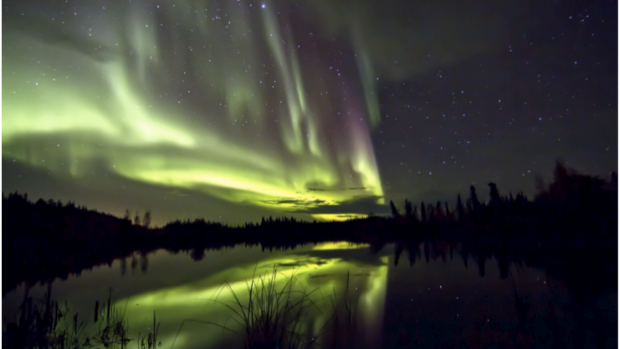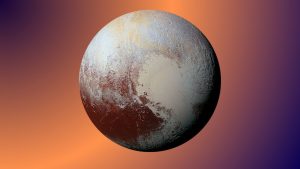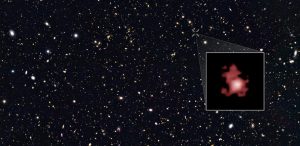Geomagnetic Storm To Hit Earth Bringing Auroras In Some US States and Canada Tonight
23rd Jan 2024
A recent solar eruption can induce auroral displays throughout the northern and Midwest regions of the United States on 23rd January. Additionally, the auroras should be visible throughout Canada.
A powerful geomagnetic storm
On Saturday, 20th January, a solar eruption occurred with a solar ejection of plasma directed towards Earth potentially impacting the planet’s magnetic field. This should result in a geomagnetic storm and Auroras, that will be seen across the northern US and Canada.
The National Oceanic and Atmospheric Administration’s (NOAA) Space Weather Prediction Center indicates that this geomagnetic event causing auroras is likely to be classified as a G2, or middle-strength, storm. While some satellites could be disrupted by the storm, ground-based electronics are unlikely to be affected. Radio communications are likely to suffer.
Solar flares cause geomagnetic storms
Solar flares are powerful bursts of electromagnetic radiation from the Sun. They can propel magnetized plasma bubbles into space. These bubbles, called coronal mass ejections (CME), are highly energetic clouds that travel outward and may collide with the protective magnetic field surrounding Earth, called the magnetosphere.
This collision leads to a geomagnetic storm, resulting in vibrant auroras as the energized particles from the CME ionize oxygen and nitrogen molecules in the Earth’s atmosphere.
Where else you can see auroras?
Auroras are expected to be seen predominantly visible in Alaska and Canada. Nonetheless, the predictions suggest that several U.S. states, such as Vermont, Minnesota, and Wisconsin, also stand a chance of witnessing auroras on Tuesday.
The current peak period of solar activity
This solar eruption took place as the sun rapidly approached the zenith of its current cycle, known as Solar Cycle 25, which officially commenced in 2019.
In June 2023, Live Science reported an earlier-than-expected arrival of the solar maximum, the peak of solar activity. Subsequently, in October, experts at the Space Weather Prediction Center revised their prediction for the current solar cycle, indicating that the solar maximum would occur sooner and be more intense than initially projected.
What to expect in the coming years?
According to NOAA, during this peak period, an increase in sunspots is anticipated. Each sunspot represents an area of intense magnetic activity capable of generating solar flares and coronal mass ejections.
This heightened solar activity may persist for several years, potentially leading to robust space weather events that could trigger disruptions such as radio and satellite blackouts. Auroras will be a natural part of this peak as well.






Thank you for your comment! It will be visible on the site after moderation.